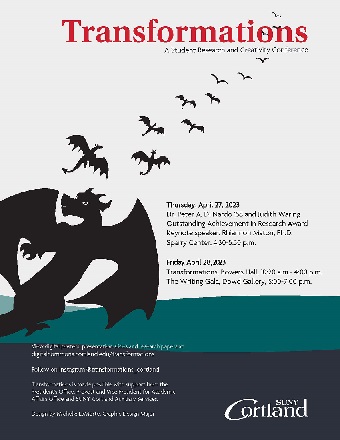Files
Download Full Text (1.2 MB)
Faculty Mentor
Peter Ducey
Abstract
Learning is how organisms build and store memories in their brains to aid them in survival. This process occurs as organisms experience new stimuli. Bipalium kewense, a terrestrial planarian, has a very minimal central nervous system. The nervous system of planarians consists of only two nerve cords and two ganglion which serve as a “brain.” This species reproduces by segmenting a small piece of their posterior end as a fragment, which initially lacks most adult structures. The fragments must regenerate the head, brain, mouth, functioning digestive system, and reproductive organs. To determine where memory is stored in these terrestrial planarians, we are testing whether they can learn without a brain as fragments and retain this memory throughout adulthood. In our experiment, we will be investigating memory acquisition in headless juvenile Bipalium kewense by raising fragments on two different textured surfaces. Once the fragmented planaria begin to develop a head, one group will be placed on the treatment surface and be exposed to a negative stimulus. The planaria will be trained to avoid this surface and memory will be measured in adulthood to determine if they can distinguish between these two environments.
Publication Date
4-2023
Document Type
Book
Keywords
Bipalium kewense, terrestrial planarians, memory storage, Transformations, headless juveniles
Disciplines
Biology



